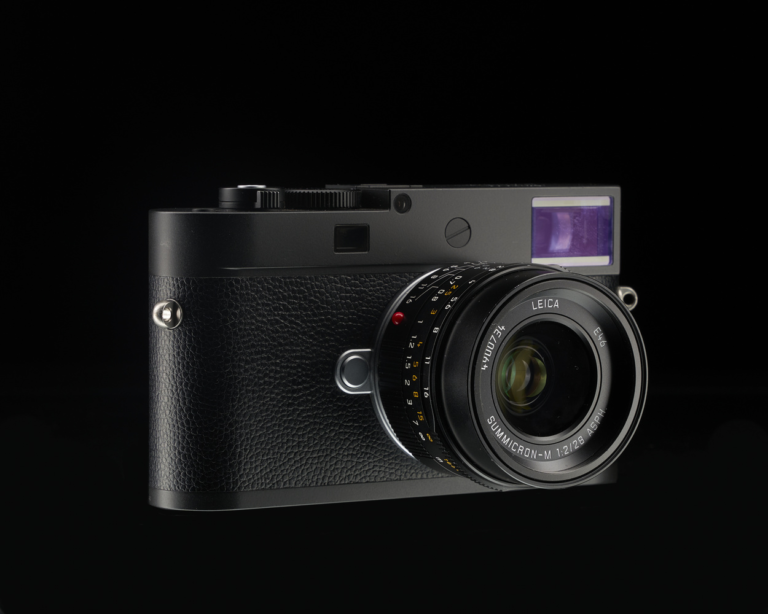Photography has always been about capturing moments, but with the Leica M11-D, it’s also about rediscovering the art of simplicity. Leica’s M-series cameras are widely known for their timeless elegance and exceptional craftsmanship, and the M11-D takes this philosophy a step further.
With the omission of a traditional rear LCD screen, Leica invites photographers to embrace a slower, more thoughtful approach to their photography. This is a camera designed not just to take pictures but to help you connect with your vision, subject, and the world around you.
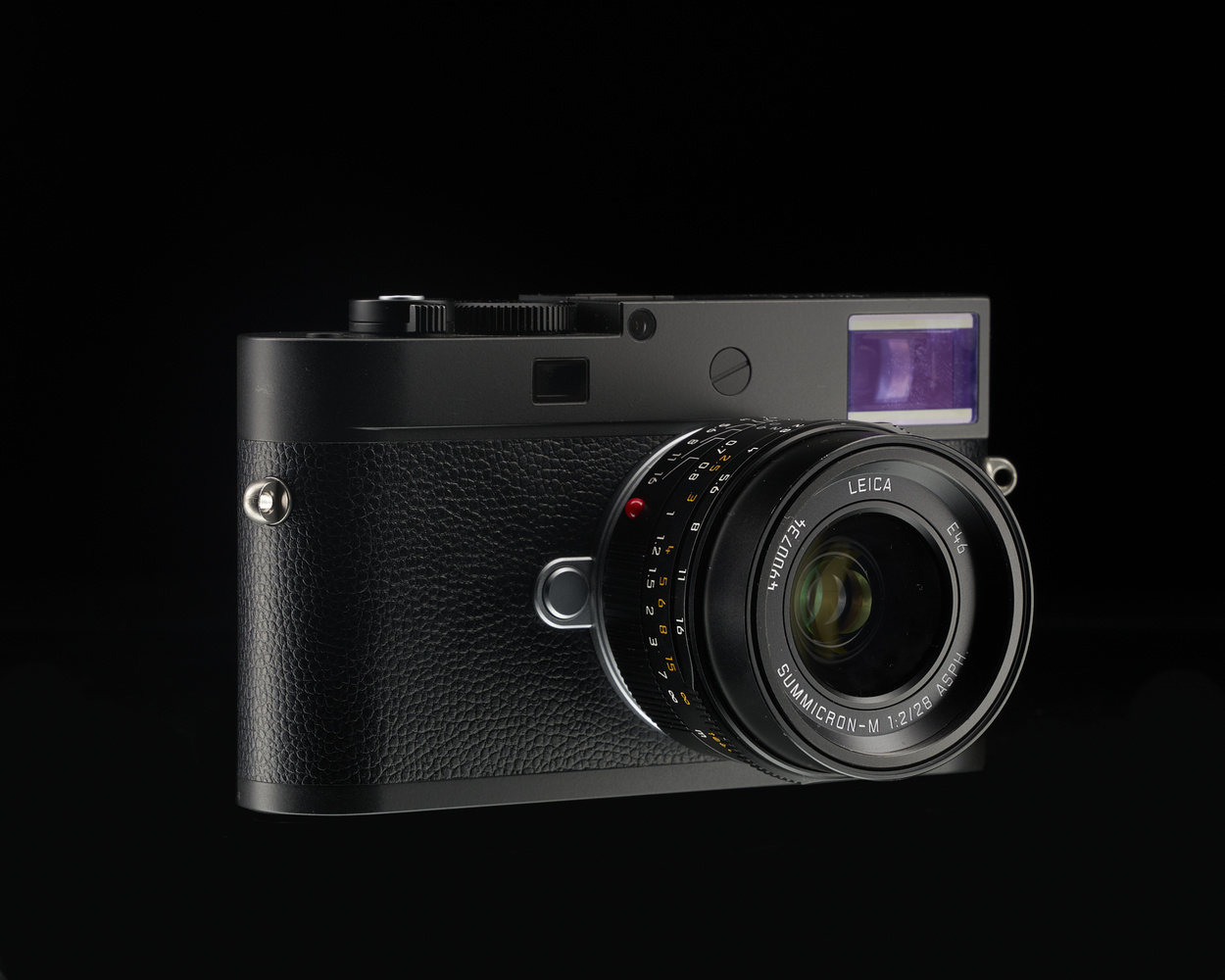
Build Quality
The first thing you notice when holding the Leica M11-D is how it feels: solid, purposeful, and undeniably premium. Leica’s signature blend of magnesium and aluminum makes for a body that’s sturdy yet balanced, with a reassuring weight that screams quality. The matte black finish is understated, whispering professional rather than shouting it. I wax lyrical about this camera as it’s the first time I have ever used one—or even held one. There is something undeniably different about it, and I can’t quite put my finger on it.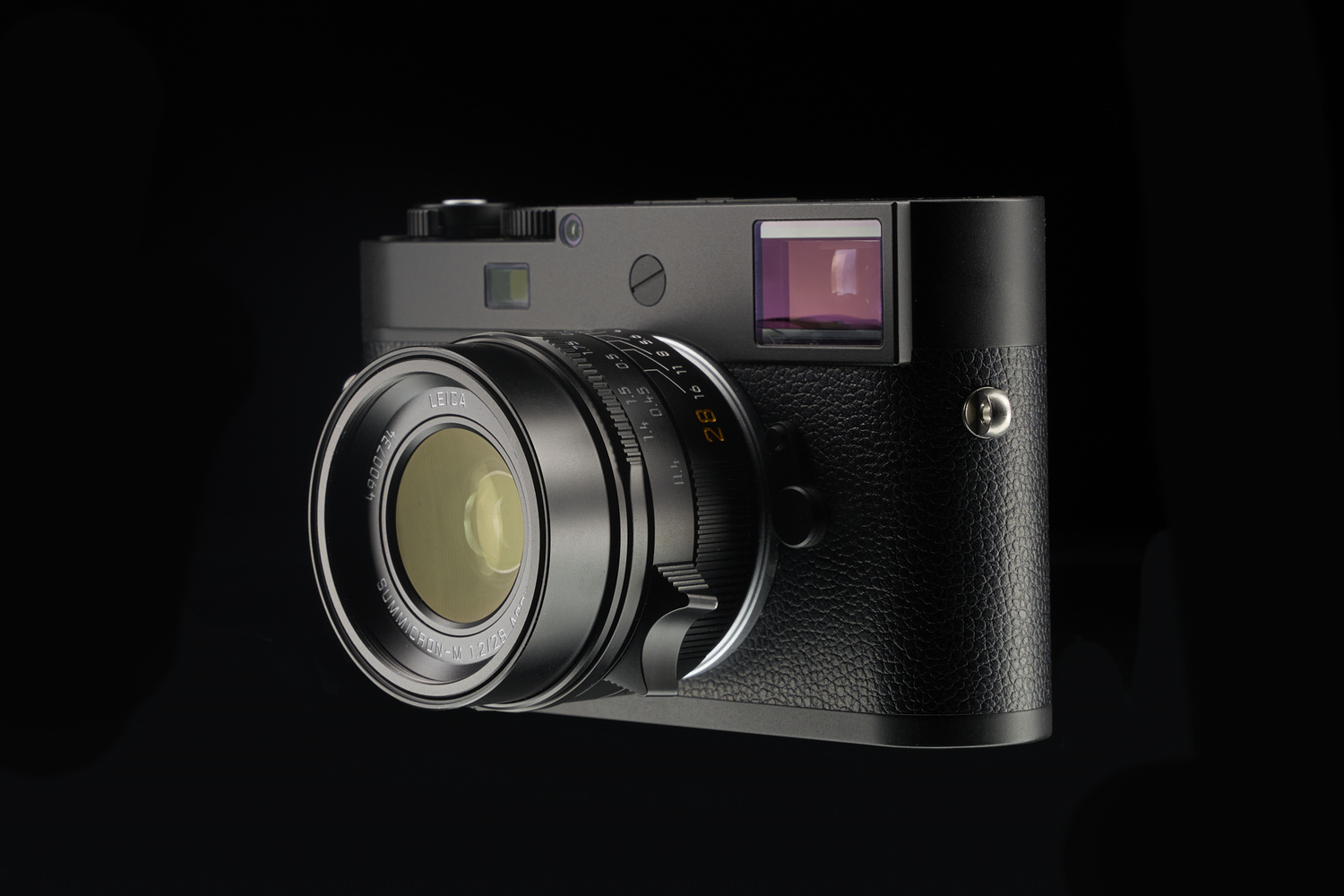
Details like the precision-knurled shutter speed dial and the click of the ISO selector show Leica’s attention to tactile perfection. And then there’s the lack of a rear screen, which seems bold at first but soon feels liberating. Instead of fiddling with settings or chimping your shots, you’re free to focus entirely on the scene in front of you, further extending a slower approach to your photography.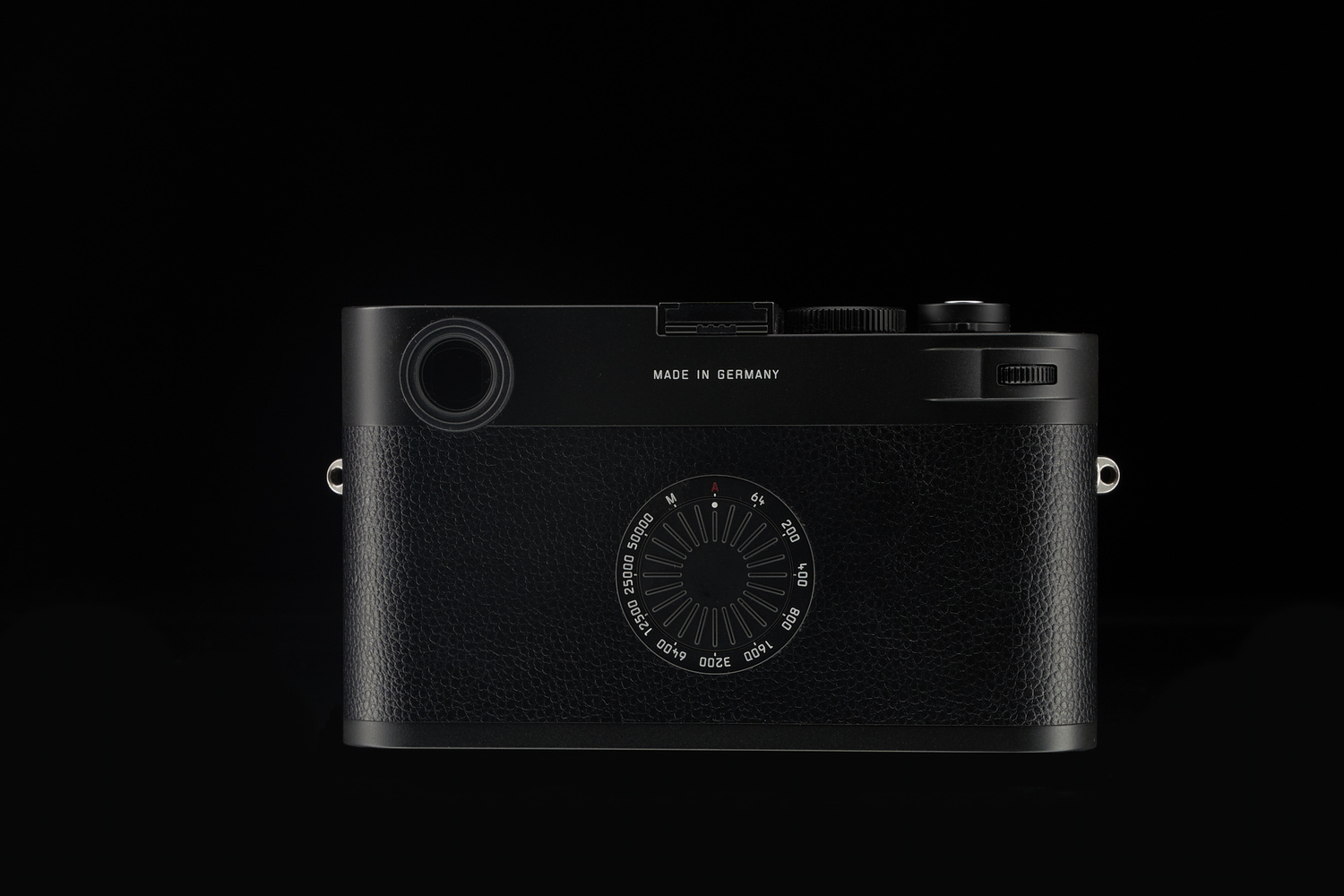
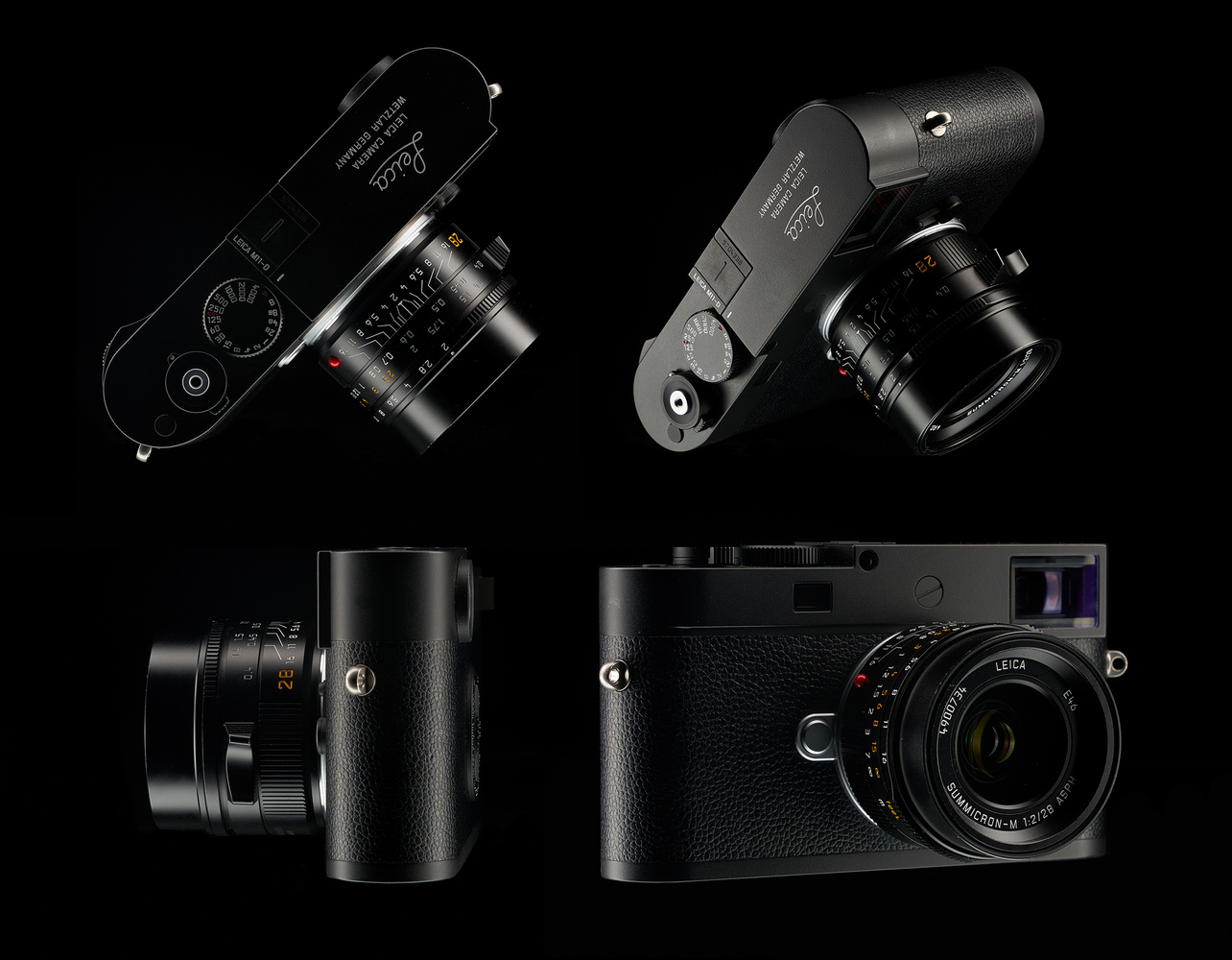
The camera is a solid, masterful piece of craftsmanship and exudes this while at the same time being humbly unnoticeable in its 540 g body.
Performance
Underneath its vintage-inspired exterior, the Leica M11-D is a modern marvel. Its 60 MP full frame sensor delivers impeccable detail and dynamic range. Whether you’re capturing at 60, 36, or 18 MP, the 256 GB internal storage provides you with plenty of space. This inbuilt storage feature is something I wish more manufacturers would adopt. With a native ISO of 64 to ISO 50,000, you are able to capture subtle textures in any lighting environment. Whether it’s city streets or capturing portraits, the resulting image quality is nothing short of breathtaking.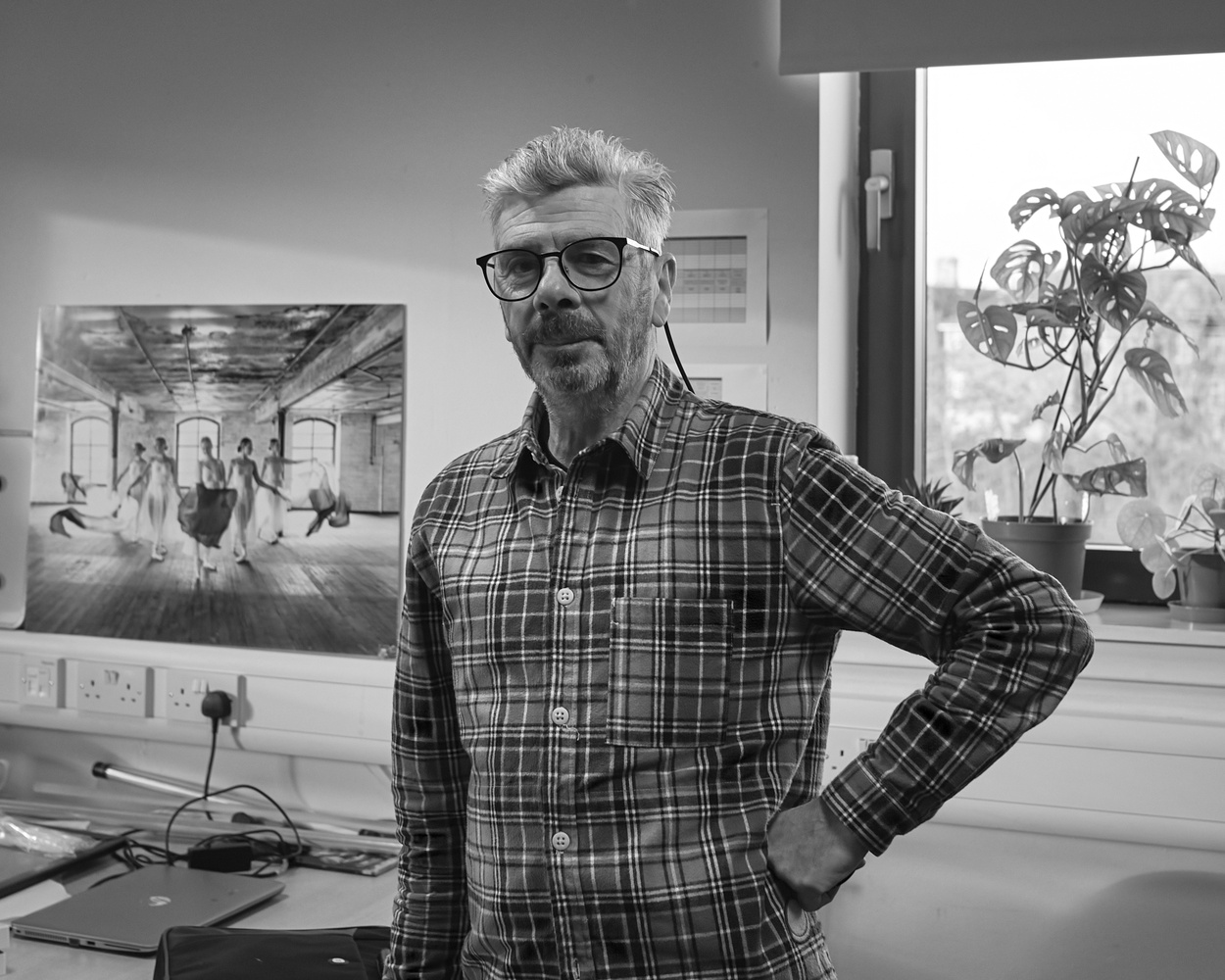
Using the camera feels refreshingly different. Instead of a rear LCD, you rely on the rangefinder for composition; more on that later. Images can be reviewed via Leica’s Fotos app, with settings adjusted on both the camera and app. This creates a seamless workflow for those who embrace the analog-digital hybrid approach. This is not a camera for hurried shooting; it’s for those who want to immerse themselves in the process, one deliberate frame at a time.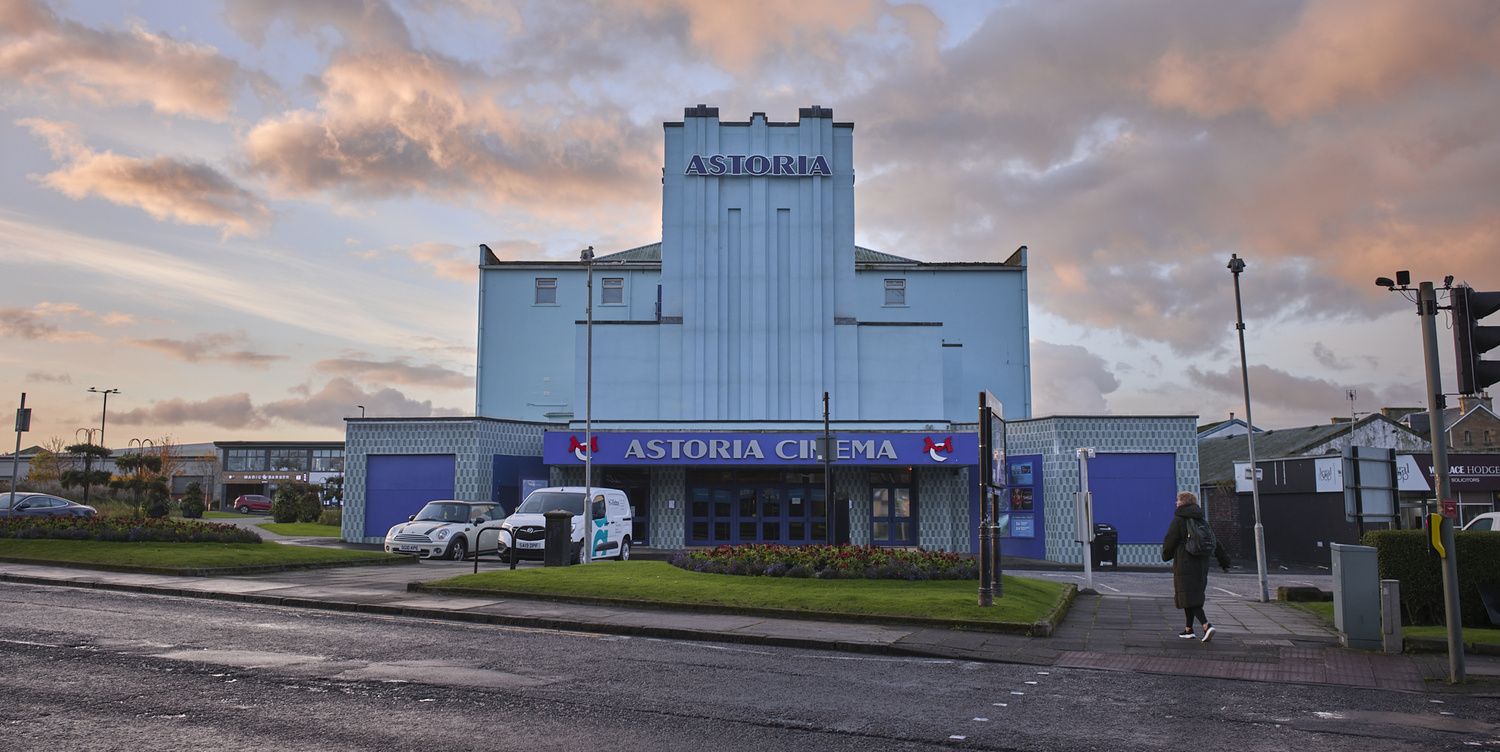
Pros
- Image Quality: The 60 MP sensor paired with Leica’s M-mount lenses creates magic in every shot.
- Minimalist Design: Stripped-back and distraction-free.
- Build That Lasts: A robust, weather-sealed body ensures durability in challenging conditions.
- Timeless Aesthetics: A stealthy, unbranded design for photographers who prefer to stay unnoticed.
- Connected Workflow: The Leica Fotos app adds modern convenience without disrupting the camera’s analog feel.
Cons
- High Price Tag: Let’s face it—Leica’s exclusivity doesn’t come cheap.
- Not for Everyone: The lack of a screen and unique workflow may feel restrictive to some.
- Uses (and I use this term lightly): Ideal for street and documentary photography but less versatile for other genres. But it’s a camera, after all, and the image is down to the person and the tool they use.
Is a Rangefinder for Everyone?
Leica’s reputation as a camera brand speaks for itself—their commitment to craftsmanship and precision is woven into every product they create. I’m incredibly grateful to Leica for allowing me to review the M11-D, as I was thoroughly impressed by the thoughtful attention to detail that defines this model. However, I did find myself struggling with the rangefinder for reasons that are entirely personal and not reflective of the camera’s design. Let me explain.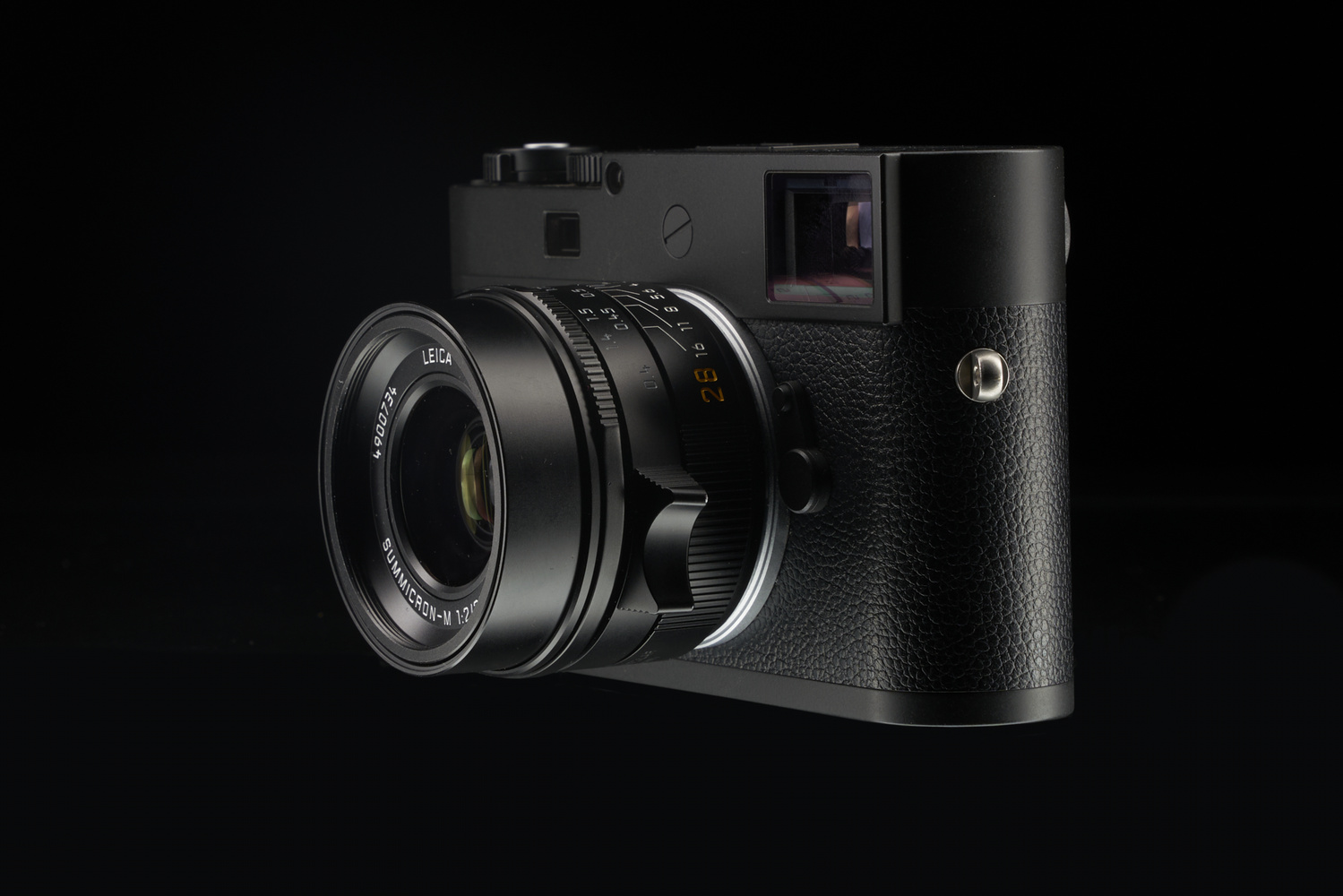
Rangefinders offer a unique way of visualizing your composition. Unlike electronic viewfinders, which show you only the contents of your frame, rangefinders give you a view of what’s happening just outside of it. This feature allows you to anticipate a moment, like tracking a person walking into your frame so you can capture them at the perfect spot. With an EVF, you’re limited to what’s within the frame and left hoping your subject doesn’t change direction before they enter your sh
For me, though, it wasn’t so simple. Due to my prescription eyesight, I needed to wear a specific contact lens in my non-dominant eye to use the rangefinder effectively. This wasn’t an issue with the camera itself—it’s entirely my personal limitation—but it’s something worth mentioning for anyone with similar visual needs. My advice? If you wear prescription glasses or contacts, make sure to try a rangefinder system in person before investing.
Of course, Leica being Leica, they’ve anticipated the needs of photographers who might prefer an electronic viewfinder. They offer an optional EVF accessory that attaches to the M11-D, giving users a more familiar and modern shooting experience. I didn’t have the chance to test the EVF alongside the camera, but I wish I had, as it might have been a better fit for my shooting style. While I admire the rangefinder approach, I’ve come to realize that it’s not for me.
Final Thoughts
The Leica M11-D is more than a camera; it’s an encapsulated creative philosophy in a magnesium and aluminum all-metal housing, with a scratch-resistant finish. By stripping away modern distractions, Leica has crafted a tool that demands presence, intention, and patience. It’s not for everyone, and that’s okay—it’s meant for photographers who appreciate the journey as much as the destination.
Sure, the price and niche appeal might raise some eyebrows, but for those who get it, the M11-D isn’t just a purchase; it’s a companion for life. This camera reminds us why we fell in love with photography in the first place, and perhaps, that’s its greatest strength.
You can purchase one and various accessories here.
